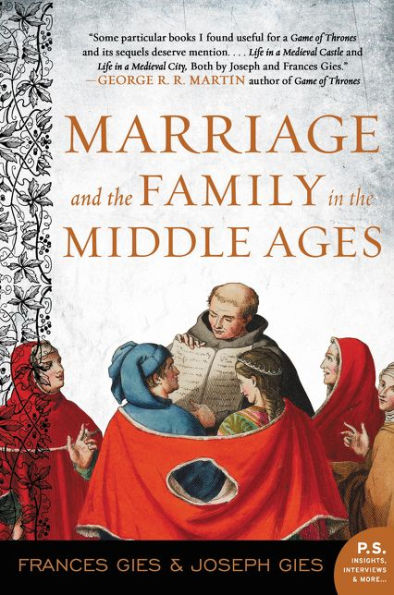Marriage and the Family in the Middle Ages
Historians have only recently awakened to the importance of the family, the basic social unit throughout human history. This book traces the development of marriage and the family from the Middle Ages to the early modern era. It describes how the Roman and barbarian cultural streams merged under the influence of the Christian church to forge new concepts, customs, laws, and practices. Century by century it follows the development -- sometimes gradual, at other times revolutionary -- of significant elements in the history of the family
"1122665103"
Marriage and the Family in the Middle Ages
Historians have only recently awakened to the importance of the family, the basic social unit throughout human history. This book traces the development of marriage and the family from the Middle Ages to the early modern era. It describes how the Roman and barbarian cultural streams merged under the influence of the Christian church to forge new concepts, customs, laws, and practices. Century by century it follows the development -- sometimes gradual, at other times revolutionary -- of significant elements in the history of the family
15.99
In Stock
5
1

Marriage and the Family in the Middle Ages
384
Marriage and the Family in the Middle Ages
384Paperback(Reprint)
(Not eligible for purchase using B&N Audiobooks Subscription credits)
$15.99
15.99
In Stock

Product Details
| ISBN-13: | 9780060914684 |
|---|---|
| Publisher: | HarperCollins Publishers |
| Publication date: | 01/23/1989 |
| Series: | Harper Perennial |
| Edition description: | Reprint |
| Pages: | 384 |
| Product dimensions: | 5.31(w) x 8.00(h) x 0.86(d) |
About the Author
From the B&N Reads Blog
